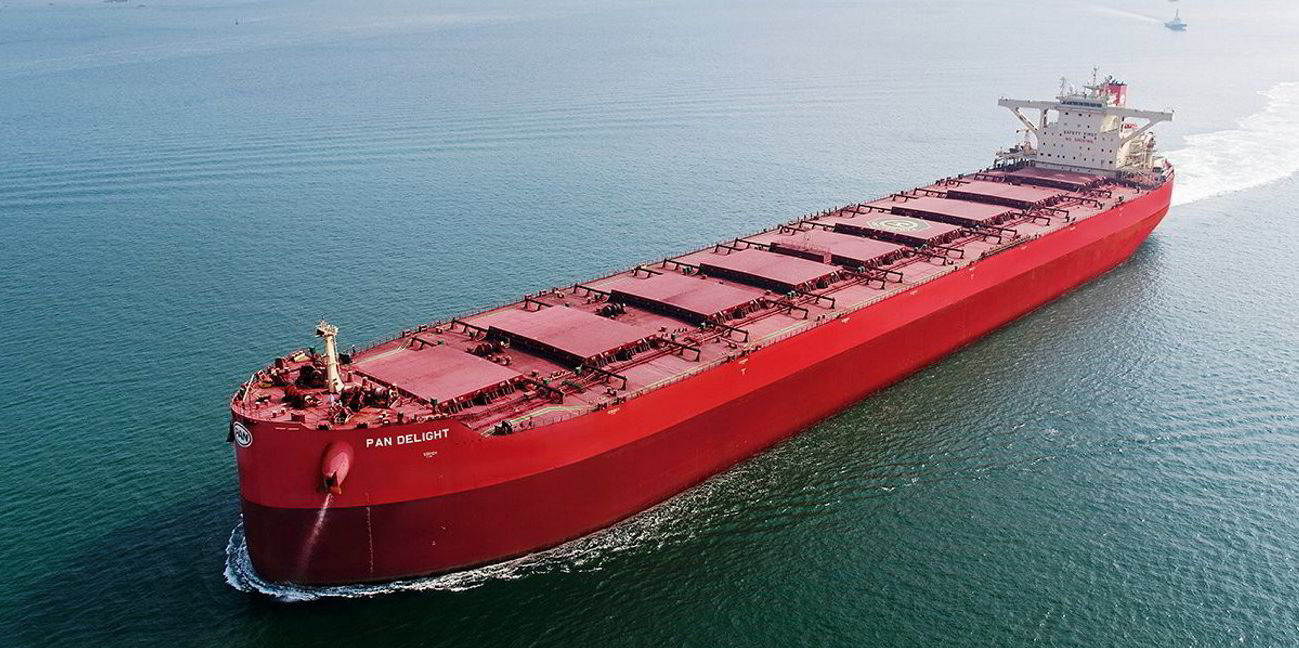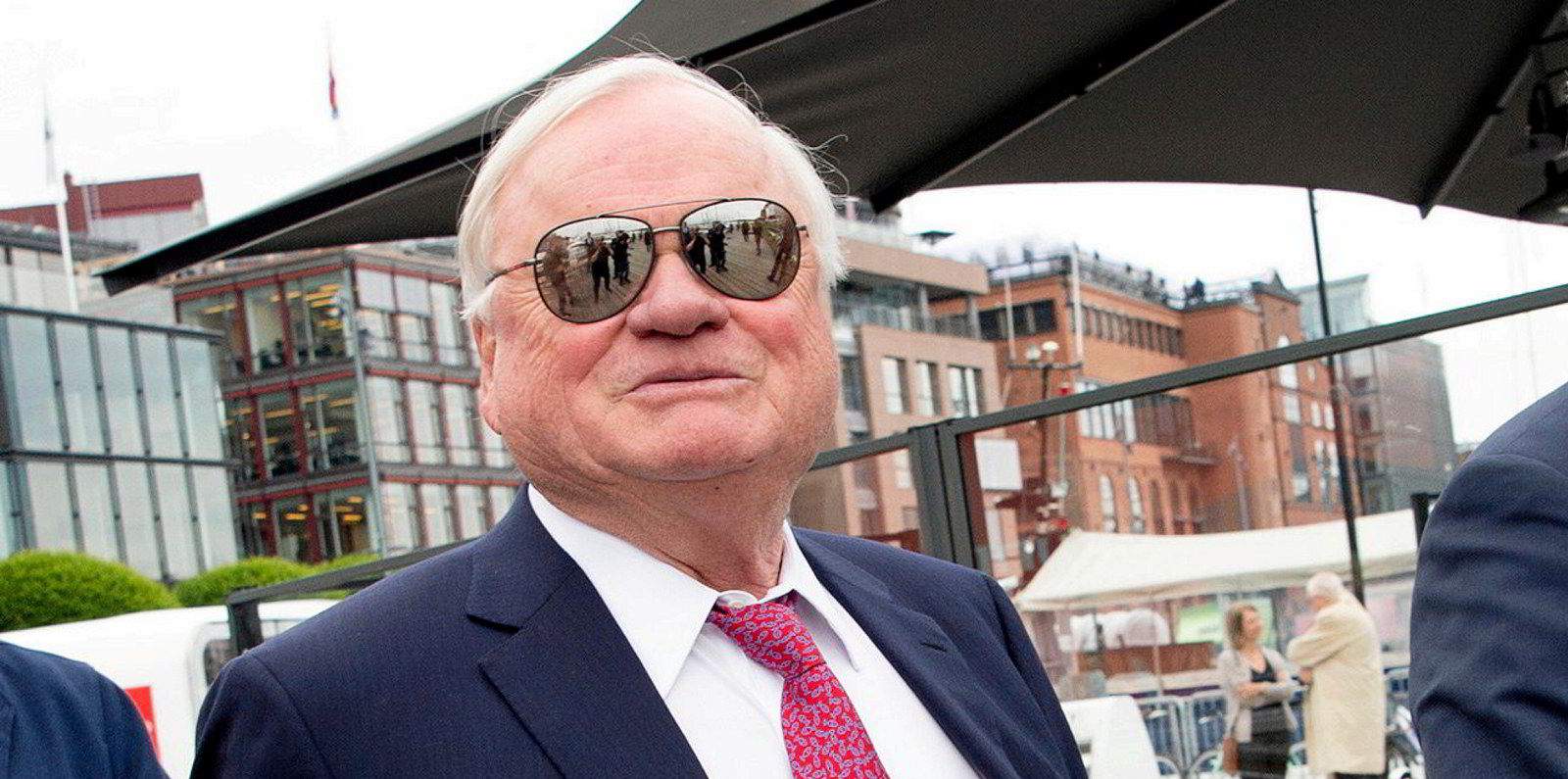Chinese seaborne iron ore imports continue to set records, but the latest data from Clarksons suggests this may not be sustainable in the longer term.
The broker described 2023 as a “banner” year for the trade, with 1.16bn tonnes imported, up by 6% year on year and surpassing the previous record of 1.14bn tonnes in 2020.
“Chinese seaborne iron ore imports grew by 69m tonnes last year, notably even greater than the average increase seen across the exceptionally strong period between 2000 [and] 2014 and were responsible for 39% of total dry bulk trade growth in tonnes in 2023,” Clarksons said.
It said this expansion came despite persistent headwinds affecting the Chinese property sector, which typically represents around one-third of domestic steel consumption.
Increased consumption by the infrastructure, industrial and manufacturing sectors, including automotive, alongside firm steel products exports, are said to have provided significant support.
Clarksons said iron ore imports were also aided by a supportive supply-side environment. Australian seaborne iron ore exports reached a record 894m tonnes in 2023, while Brazilian exports rose by 9% year on year to 373m tonnes.
Chinese seaborne iron ore imports have also made a firm start to 2024: they were up 4% year on year to 305m tonnes, the strongest first quarter on record.
This was helped by Brazilian seaborne exports, which increased by 17% year on year in the first quarter, and iron ore spot prices remaining fairly attractive at around $120 per tonne on average.
However, Clarksons said that in terms of demand, recent indicators show that a “more complex picture” is emerging.
“Chinese domestic steel production fell by 8% year on year by March, with concerns surrounding the health of the property sector persisting,” it said.
“Iron ore stocks at port rose dramatically to 148m tonnes in April, the highest level in two years, as mill offtake has failed to keep up with the pace of seaborne supply.
“Steel products exports have also grown markedly in the year to date, reaching 10m tonnes in March, the highest levels since 2016.”
This has supported bulker demand but contributed to concerns about the health of underlying Chinese domestic steel demand.
“This, along with the plentiful seaborne supply seen in the first quarter, saw the spot iron ore price fall below $100 per tonne in April for the first time since May 2023, raising some questions as to whether the recent exceptional pace of Chinese iron ore import growth can be sustained,” it said.
Clarksons estimates that Chinese iron ore imports are set to grow by just 1% year on year.





